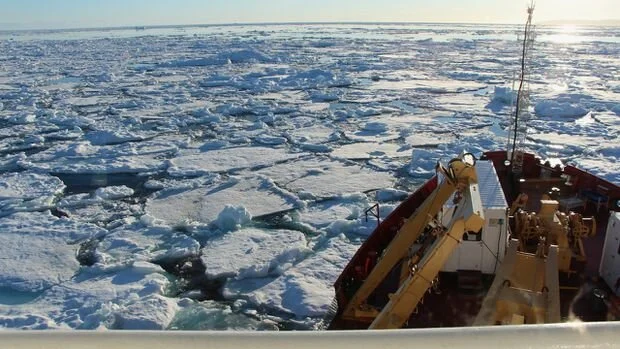The Canadian Ice Service is tracking icebergs to monitor and predict drifting patterns in the western Arctic for the first time, according to one of its ice analysts. Last week, the organization — a branch of Environment and Climate Change Canada (ECCC) — dropped beacons from a Hercules aircraft onto icebergs in the Beaufort Sea. Adrienne White, an ice analyst with the Canadian Ice Service, said that while it's common practice to track icebergs in the eastern Arctic, they have never before deployed sensors in this area.
Canadian Arctic awash in microplastics, study finds
In the first large-scale survey of its kind in the region, researchers sampled more than 30 locations across the eastern Arctic and Hudson Bay and were able to detect microplastics nearly everywhere they looked, including in surface waters, marine sediments and in the guts of zooplankton – the tiny, floating organisms that occupy the base of the Arctic food chain. And while the long-term effects of the materials on the environment and on human health remain largely unknown, the results suggest widespread exposure is becoming inescapable, even for people living in the most remote areas of the globe.



